What is the difference between calcite marble and dolomite marble?
Calcite marble and dolomite marble are both types of metamorphic rocks that are commonly used as building materials and decorative stones. Despite having similar appearances, there are some key differences between them:
1. Composition: Calcite marble is primarily made up of calcite mineral, which is a crystalline form of calcium carbonate (CaCO3). On the other hand, dolomite marble contains a mixture of calcite and dolomite minerals, where dolomite is a combination of calcium and magnesium carbonate (CaMg(CO3)2).
2. Appearance: Calcite marble usually appears white or light-colored, although it can contain minor impurities that give it various hues. Dolomite marble tends to have a slightly different appearance, with a more white or creamy background and sometimes showing a yellowish or greyish tint.
3. Hardness: In terms of hardness, calcite marble is relatively soft, with a Mohs hardness rating of about 3, making it susceptible to scratches and wear. Dolomite marble is slightly harder, rating at around 3.5 to 4 on the Mohs scale, which makes it more resistant to scratches and damage.
4. Reactivity: An important distinction between the two marbles is their reactivity to acids. Calcite marble readily reacts with acids, including weak acids like vinegar, resulting in effervescence or fizzing due to the release of carbon dioxide. Dolomite marble, on the other hand, is less reactive to acids and does not produce effervescence unless the acid is heated.
5. Origin: The formation of calcite marble and dolomite marble varies. Calcite marble usually forms from the metamorphism of limestone rich in calcite mineral. Dolomite marble, on the other hand, develops when limestone rich in dolomite mineral undergoes metamorphism. The presence of magnesium in dolomite marble influences its properties.
While both calcite marble and dolomite marble are beautiful stones with similar uses, these differences in composition, appearance, hardness, reactivity, and origin make them distinct from each other.
Calcite marble and dolomite marble are both types of metamorphic rocks that are commonly used as building materials and decorative stones. Despite having similar appearances, there are some key differences between them:
1. Composition: Calcite marble is primarily made up of calcite mineral, which is a crystalline form of calcium carbonate (CaCO3). On the other hand, dolomite marble contains a mixture of calcite and dolomite minerals, where dolomite is a combination of calcium and magnesium carbonate (CaMg(CO3)2).
2. Appearance: Calcite marble usually appears white or light-colored, although it can contain minor impurities that give it various hues. Dolomite marble tends to have a slightly different appearance, with a more white or creamy background and sometimes showing a yellowish or greyish tint.
3. Hardness: In terms of hardness, calcite marble is relatively soft, with a Mohs hardness rating of about 3, making it susceptible to scratches and wear. Dolomite marble is slightly harder, rating at around 3.5 to 4 on the Mohs scale, which makes it more resistant to scratches and damage.
4. Reactivity: An important distinction between the two marbles is their reactivity to acids. Calcite marble readily reacts with acids, including weak acids like vinegar, resulting in effervescence or fizzing due to the release of carbon dioxide. Dolomite marble, on the other hand, is less reactive to acids and does not produce effervescence unless the acid is heated.
5. Origin: The formation of calcite marble and dolomite marble varies. Calcite marble usually forms from the metamorphism of limestone rich in calcite mineral. Dolomite marble, on the other hand, develops when limestone rich in dolomite mineral undergoes metamorphism. The presence of magnesium in dolomite marble influences its properties.
While both calcite marble and dolomite marble are beautiful stones with similar uses, these differences in composition, appearance, hardness, reactivity, and origin make them distinct from each other.
 France
(Saint-Marcel, Haute-Savoie)
France
(Saint-Marcel, Haute-Savoie)










 Edw***Wrote:
Edw***Wrote:





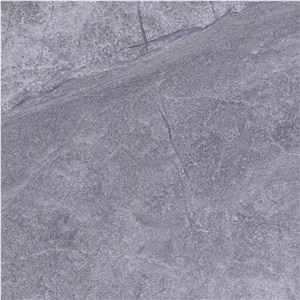
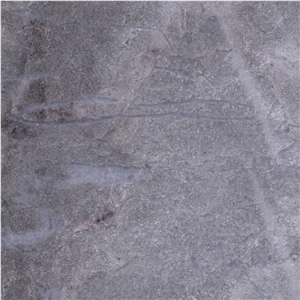
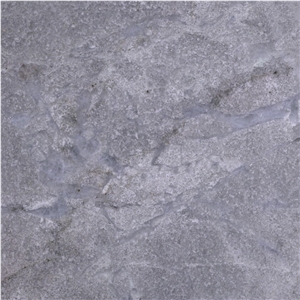
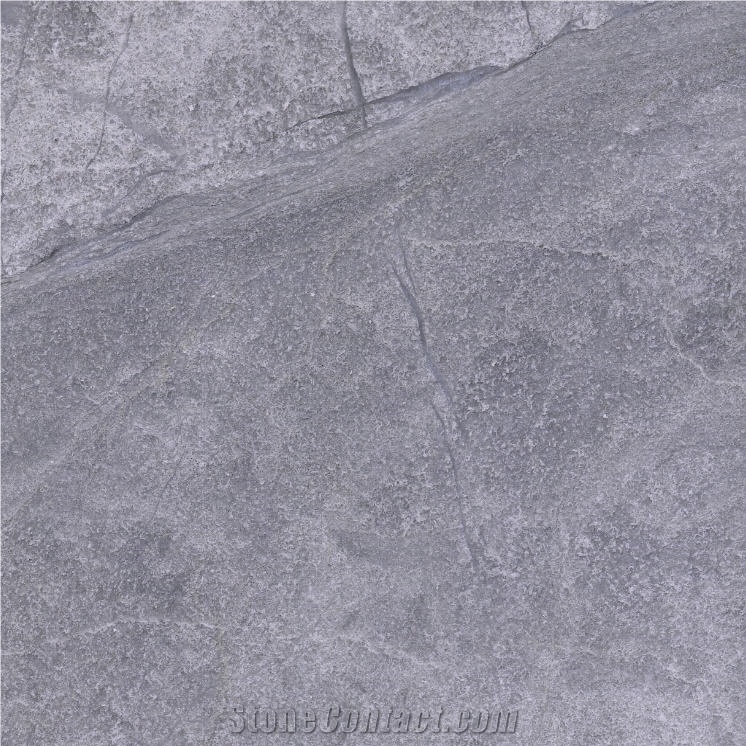
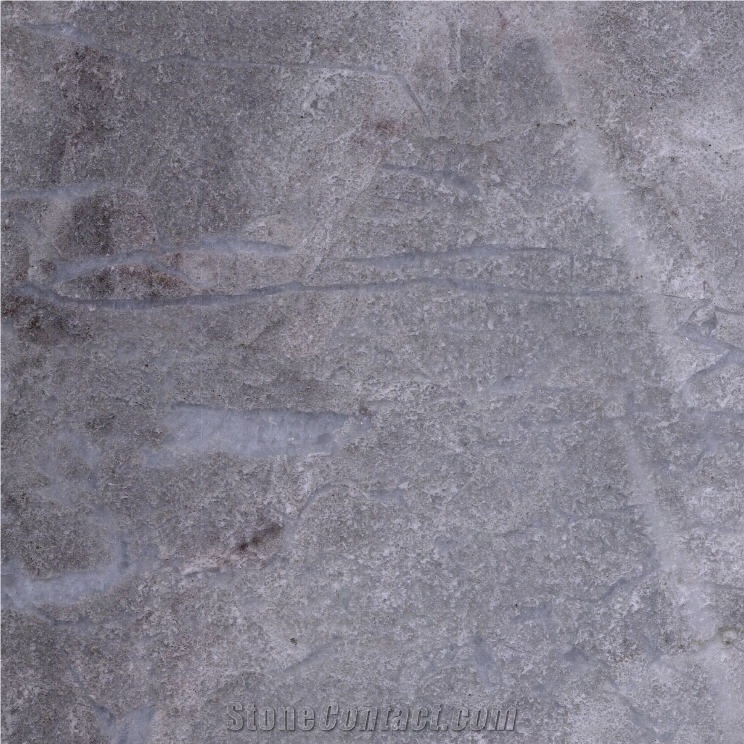
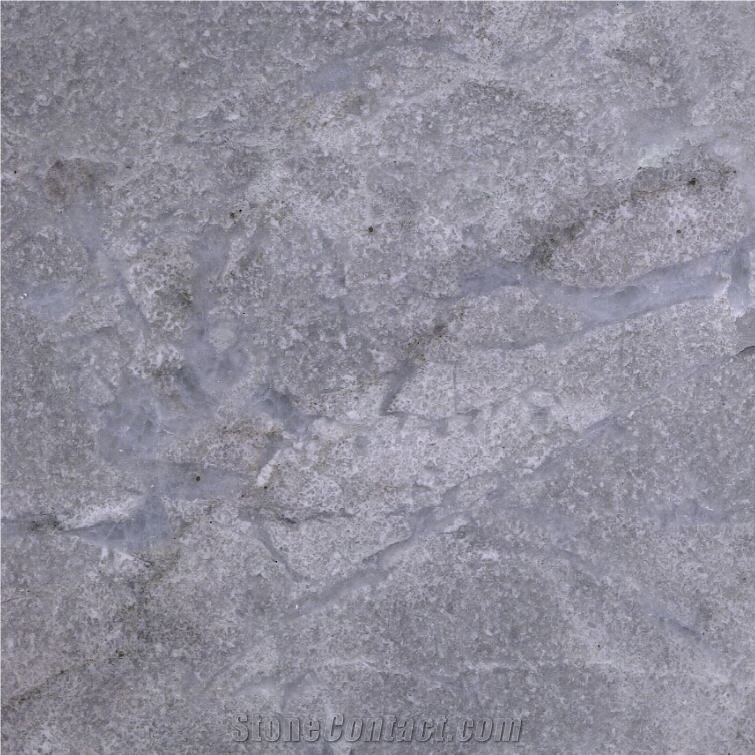

 Russian Federation
Russian Federation Italy
Italy Australia
Australia